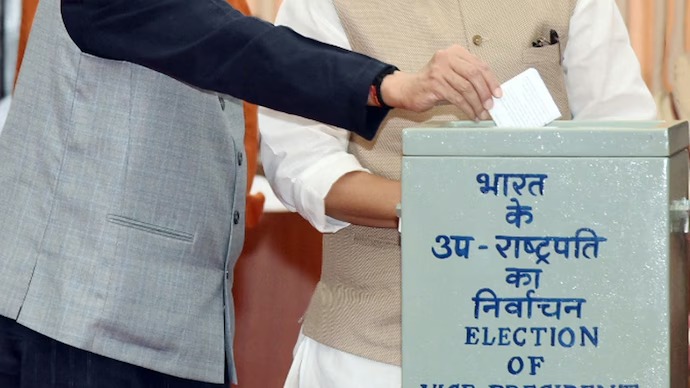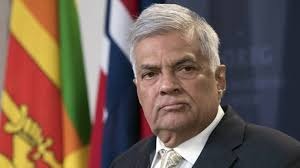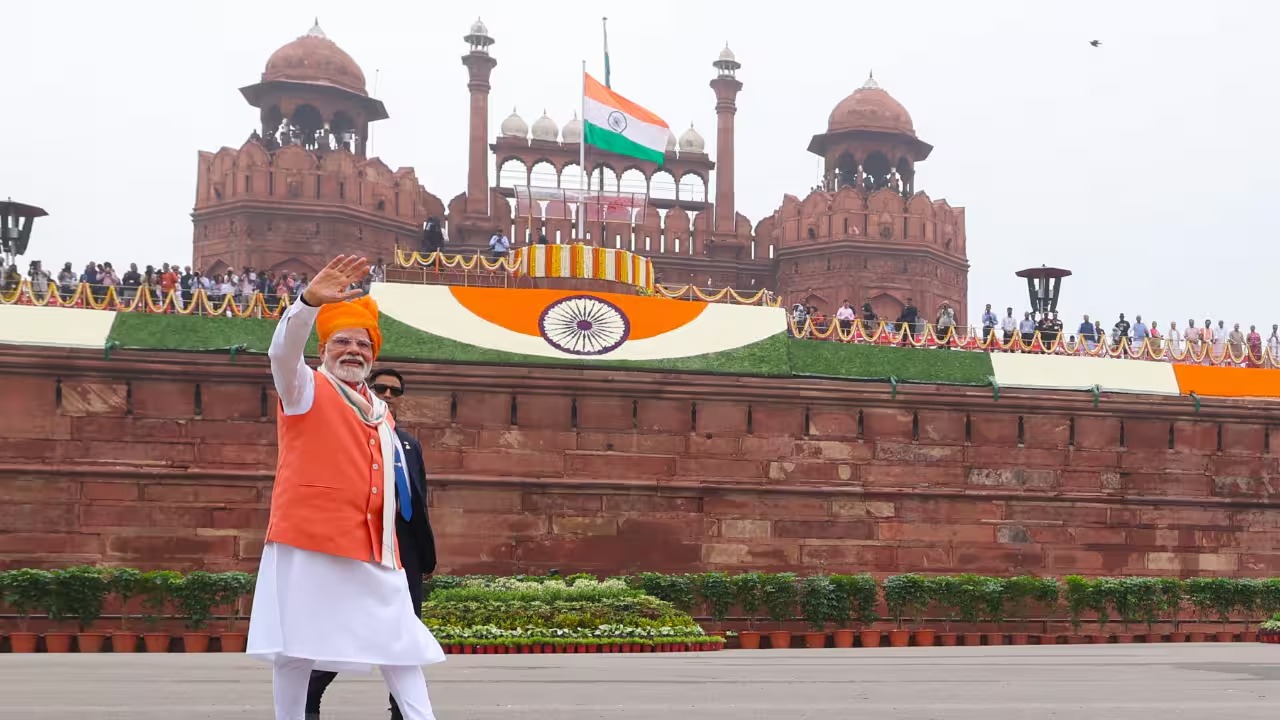
Follow WOWNEWS 24x7 on:

Prime Minister Narendra Modi’s approach to the upcoming vice-presidential election has once again disrupted conventional political expectations, blending numerical dominance with nuanced messaging. With the National Democratic Alliance (NDA) comfortably positioned to win the September 9 poll, Modi’s playbook is less about defeating the Opposition and more about crafting a symbolic narrative that balances caste, region, ideology, and coalition dynamics.
Here’s a detailed look at how Modi’s strategy for the vice-president post breaks with precedent and redefines political signaling.
Key Highlights From the NDA’s Decision
- NDA parliamentary party unanimously authorized Modi and BJP president J P Nadda to select the alliance’s nominee
- The election was triggered by the unexpected resignation of Vice-President Jagdeep Dhankhar, citing health reasons
- This mid-term vice-presidential election is only the second such instance in Indian history
- NDA’s combined strength in Parliament ensures a decisive win, allowing Modi to focus on broader political messaging
- The nominee is expected to reflect strategic priorities beyond simple arithmetic, including ideological positioning and regional outreach
Numerical Cushion and Strategic Freedom
The NDA’s dominance in both Houses of Parliament gives Modi and Nadda a wide margin:
- Rajya Sabha: BJP holds 102 seats, with allies contributing another 30, totaling around 132 of 239 filled seats
- Lok Sabha: BJP’s 240 seats and allies’ 53 bring the NDA tally to approximately 293 of 542
- Seven nominated members in Rajya Sabha are also eligible to vote, further strengthening the NDA’s position
This numerical advantage allows Modi to think beyond vote counts and focus on symbolic representation and coalition cohesion.
Breaking With Past Precedents
Historically, vice-presidential picks have reflected geographic and social balance:
- In 2017, Ram Nath Kovind (Dalit, Uttar Pradesh) was paired with M Venkaiah Naidu (Andhra Pradesh)
- In 2022, Droupadi Murmu (tribal, Odisha) was matched with Jagdeep Dhankhar (Jat, Rajasthan)
This rotation logic—balancing North and South, caste and community—has become an unwritten rule. However, Modi’s current challenge is more complex, as the BJP is also preparing to appoint a new national president and revamp its organizational structure.
The Dhankhar Factor and Institutional Sensitivity
Dhankhar’s abrupt exit has sparked speculation about internal tensions:
- Reports suggest Dhankhar may have sought to extend his influence beyond the constitutional remit of the vice-president
- Modi’s team is now cautious about selecting a successor who can manage the Rajya Sabha without overstepping boundaries
- The role demands parliamentary authority and tactful engagement with a fractious Opposition
The next vice-president will be expected to uphold institutional decorum while reinforcing the government’s legislative agenda.
Modi’s Element of Surprise
Modi’s leadership style often includes unexpected choices that defy pundit predictions:
- His selections frequently prioritize symbolic impact over conventional logic
- The looming element of surprise means that shortlists may be misleading, masking deeper strategic priorities
- The final nominee could reflect ideological consolidation, regional outreach, or even a pivot toward technocratic governance
This unpredictability keeps both allies and opponents guessing, reinforcing Modi’s control over political narrative.
Conclusion: A Calculated Message Beyond the Vote
With the numbers firmly in his favor, Modi’s vice-presidential strategy is not about winning—it’s about messaging. By defying past precedence and embracing symbolic nuance, the Prime Minister is using the election to reinforce his broader vision of governance, representation, and institutional control. As the NDA prepares to announce its nominee, the choice will likely reflect not just electoral strength but a deeper political calculus.
Sources: MSN, India Today, Hindustan Times, Asianet Newsable






